Tunneling critters under foundation
66and76
11 years ago
Featured Answer
Comments (14)
columbusguy1
11 years ago66and76
11 years agoRelated Professionals
Peru Kitchen & Bathroom Designers · United States Kitchen & Bathroom Designers · Emeryville Kitchen & Bathroom Remodelers · Honolulu Kitchen & Bathroom Remodelers · Lisle Kitchen & Bathroom Remodelers · Republic Kitchen & Bathroom Remodelers · Trenton Kitchen & Bathroom Remodelers · Vienna Kitchen & Bathroom Remodelers · Anchorage Architects & Building Designers · Bull Run Architects & Building Designers · Central Islip Architects & Building Designers · Providence Architects & Building Designers · Spring Valley Architects & Building Designers · Winchester Architects & Building Designers · Nanticoke Architects & Building DesignersFori
11 years agoVirginia White
11 years ago66and76
11 years agokarinl
11 years agoVirginia White
11 years ago66and76
11 years agoVirginia White
11 years ago66and76
11 years ago66and76
11 years agoVirginia White
11 years agoDamaris Scott
8 years ago
Related Stories

LIFEHow to Outsmart Backyard Critters
Learn to think like a raccoon, skunk or squirrel to keep your home safe and your garden intact
Full Story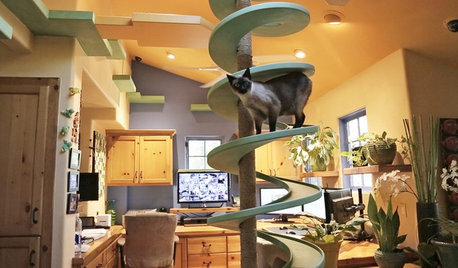
PETSIncredible Home Catwalks Make for Purr-fectly Happy Felines
Walkways and tunnels custom built to the tune of about $35,000 keep a homeowner’s 18 cats on cloud nine
Full Story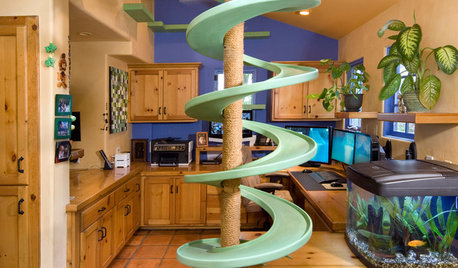
PETSHouzz TV: Watch These Rescued Cats Make a House Their Playland
Spirals, catwalks, tunnels and platforms create a superhighway inside this home in Southern California
Full Story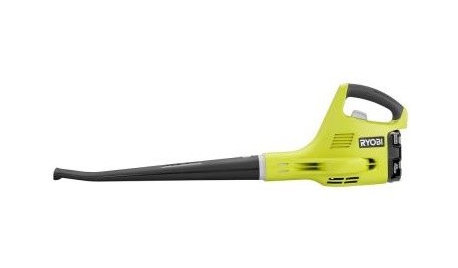
FALL GARDENING8 Must-Have Tools for Fall Backyard Prep
Autumn outdoor work feels overwhelming, but these handy tools can keep it under control
Full Story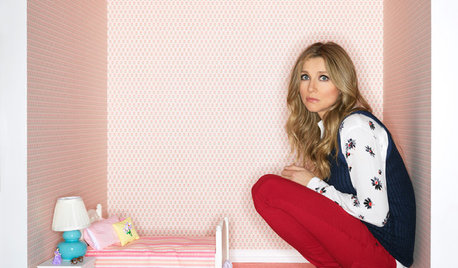
LIFETell Us: Do You Know How to Live With Your Parents?
If you've tried multigenerational living under one roof, we'd love to hear the details
Full Story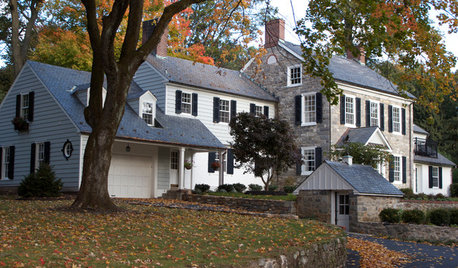
HOUSEKEEPINGIt’s Time to Clean Your Gutters — Here’s How
Follow these steps to care for your gutters so they can continue to protect your house
Full Story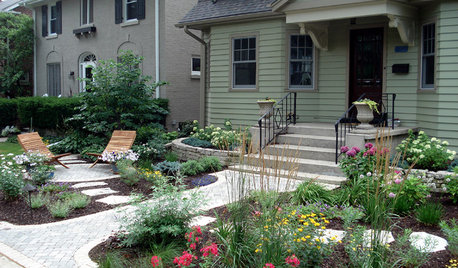
MOST POPULARCreative Ideas for Small Front Yards
A little imagination goes a long way in a petite landscape
Full Story
MOST POPULARHouzz Call: Show Us Your Winter View!
Share pictures of your home and garden in winter — whatever your climate, architecture and plantings
Full Story
HOUZZ TOURSMy Houzz: Highlighting Farmhouse Roots in a Seattle Suburb
New and old mix with DIY touches in a remodeled 1928 home for a family of 6
Full Story
CALIFORNIA NATIVE PLANTSGreat Design Plant: Coast Live Oak
The stuff of legends and memories, this California tree is one to build a whole landscape around
Full Story






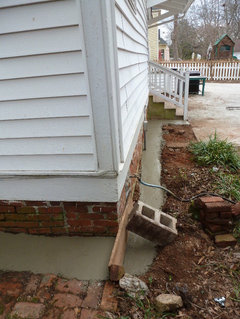




tarasueclark